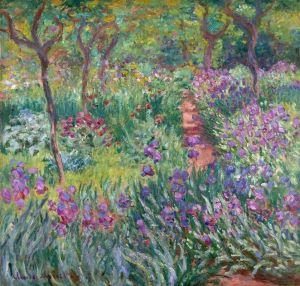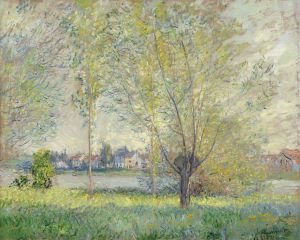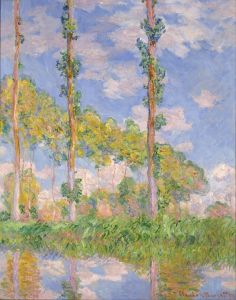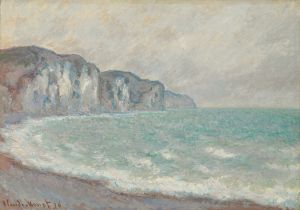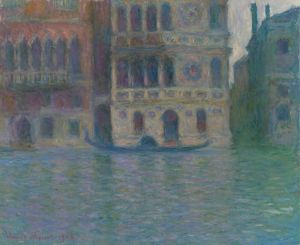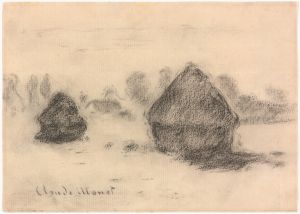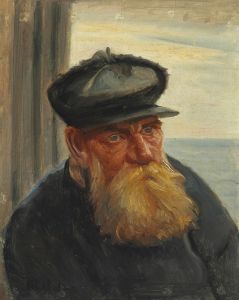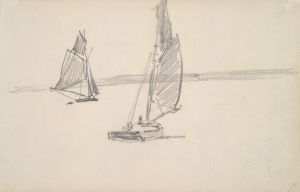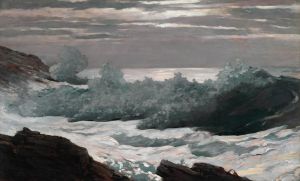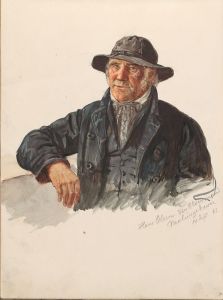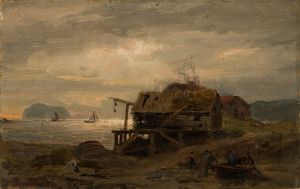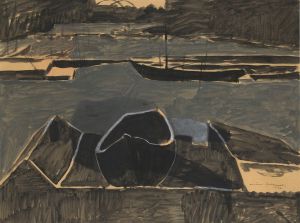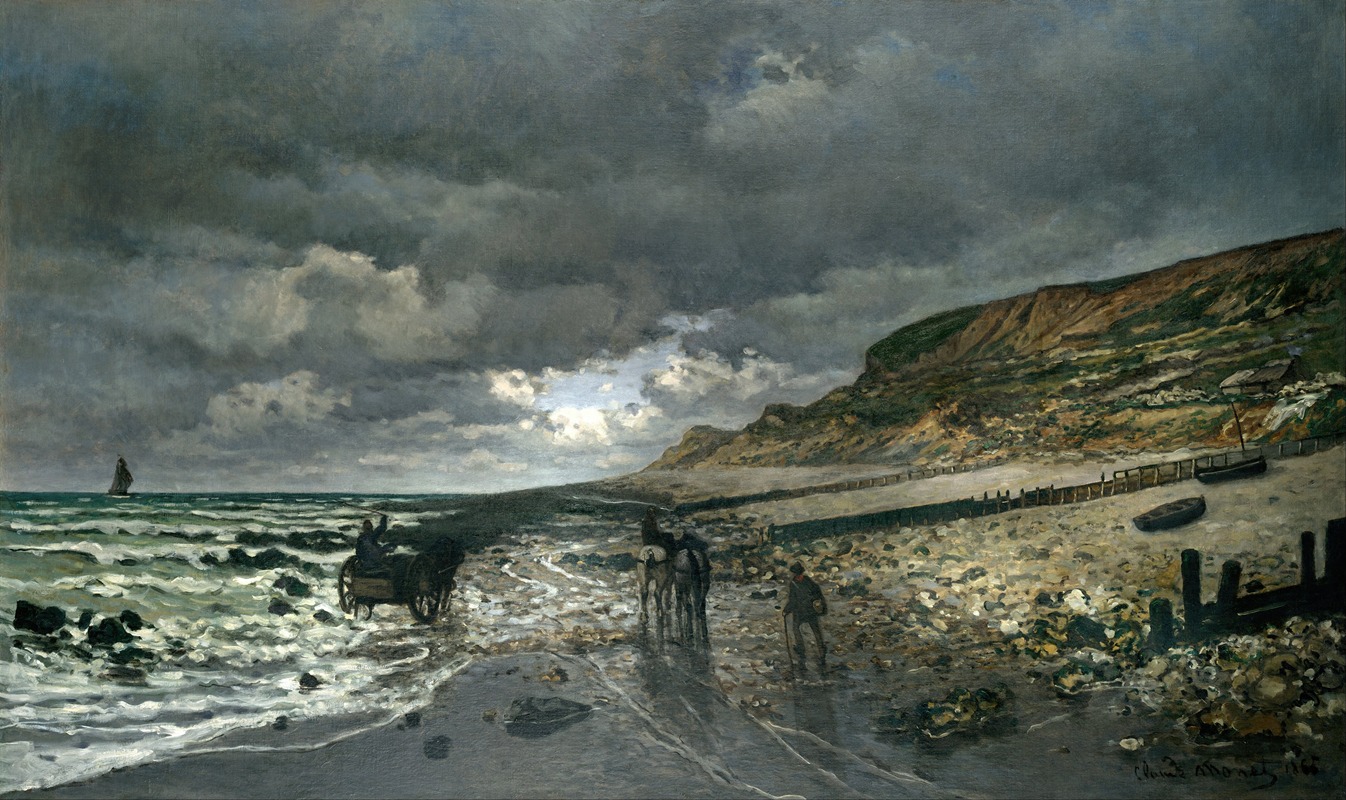
La Pointe de la Hève at Low Tide
A hand-painted replica of Claude Monet’s masterpiece La Pointe de la Hève at Low Tide, meticulously crafted by professional artists to capture the true essence of the original. Each piece is created with museum-quality canvas and rare mineral pigments, carefully painted by experienced artists with delicate brushstrokes and rich, layered colors to perfectly recreate the texture of the original artwork. Unlike machine-printed reproductions, this hand-painted version brings the painting to life, infused with the artist’s emotions and skill in every stroke. Whether for personal collection or home decoration, it instantly elevates the artistic atmosphere of any space.
La Pointe de la Hève at Low Tide is an oil painting created by the French Impressionist artist Claude Monet in 1865. This work is one of Monet's early seascapes and reflects his interest in capturing the natural beauty of coastal landscapes. The painting depicts the Pointe de la Hève, a prominent headland near the town of Sainte-Adresse, close to Le Havre in Normandy, France. This area was a frequent subject for Monet during his early career, as he was deeply inspired by the region's light, atmosphere, and maritime scenery.
The composition of the painting shows the shoreline at low tide, with the exposed beach and rocks in the foreground leading the viewer's eye toward the distant horizon. The scene is rendered with a naturalistic approach, emphasizing the interplay of light and shadow on the water and land. Monet's use of muted tones and subtle brushwork captures the tranquil mood of the coastal environment, showcasing his developing skill in portraying atmospheric effects.
This painting was created during a formative period in Monet's career, prior to the establishment of the Impressionist movement. At the time, Monet was still exploring different techniques and styles, influenced by earlier landscape painters such as Eugène Boudin and Johan Barthold Jongkind, who also painted scenes of Normandy. These artists encouraged Monet to paint en plein air (outdoors), a practice that became a hallmark of his later work.
La Pointe de la Hève at Low Tide was exhibited at the Paris Salon of 1865, an important annual art exhibition organized by the French Academy of Fine Arts. This marked one of Monet's first public exhibitions and helped to establish his reputation as a promising young artist. The painting was well-received by critics, who praised its realistic depiction of nature and its atmospheric qualities.
Today, the painting is held in the collection of the National Gallery of Art in Washington, D.C., where it is recognized as an important example of Monet's early work. It provides insight into his artistic development and his lifelong fascination with the effects of light and water.





